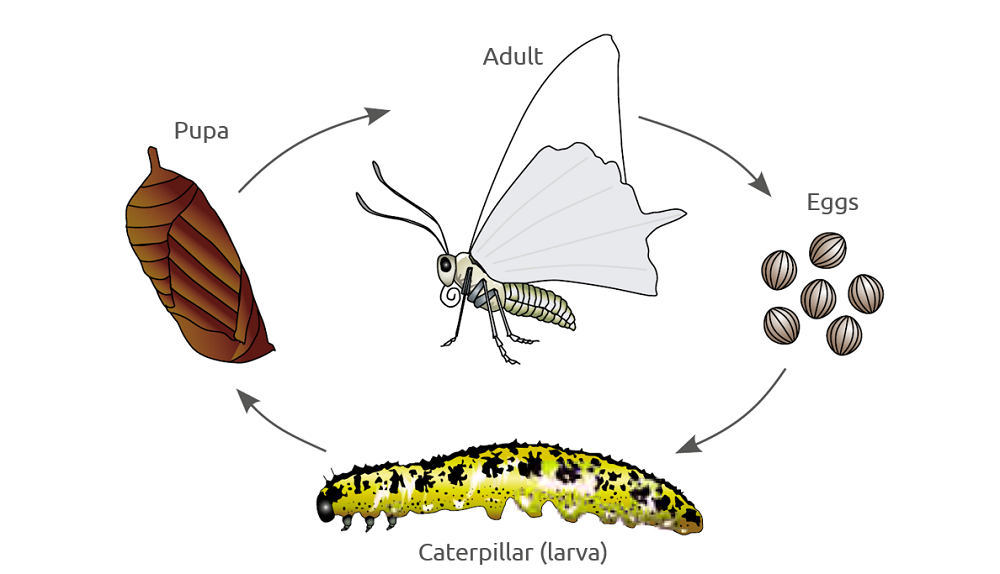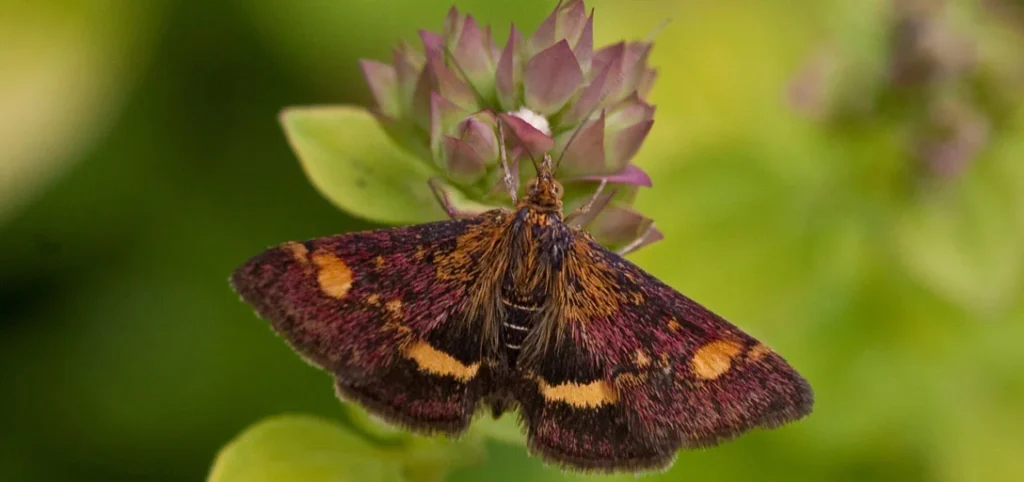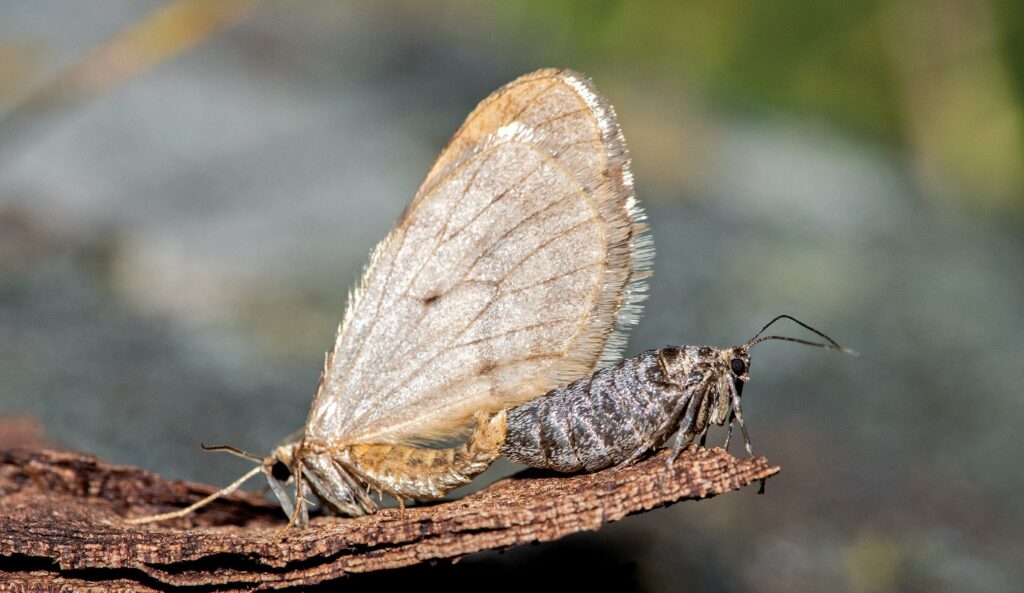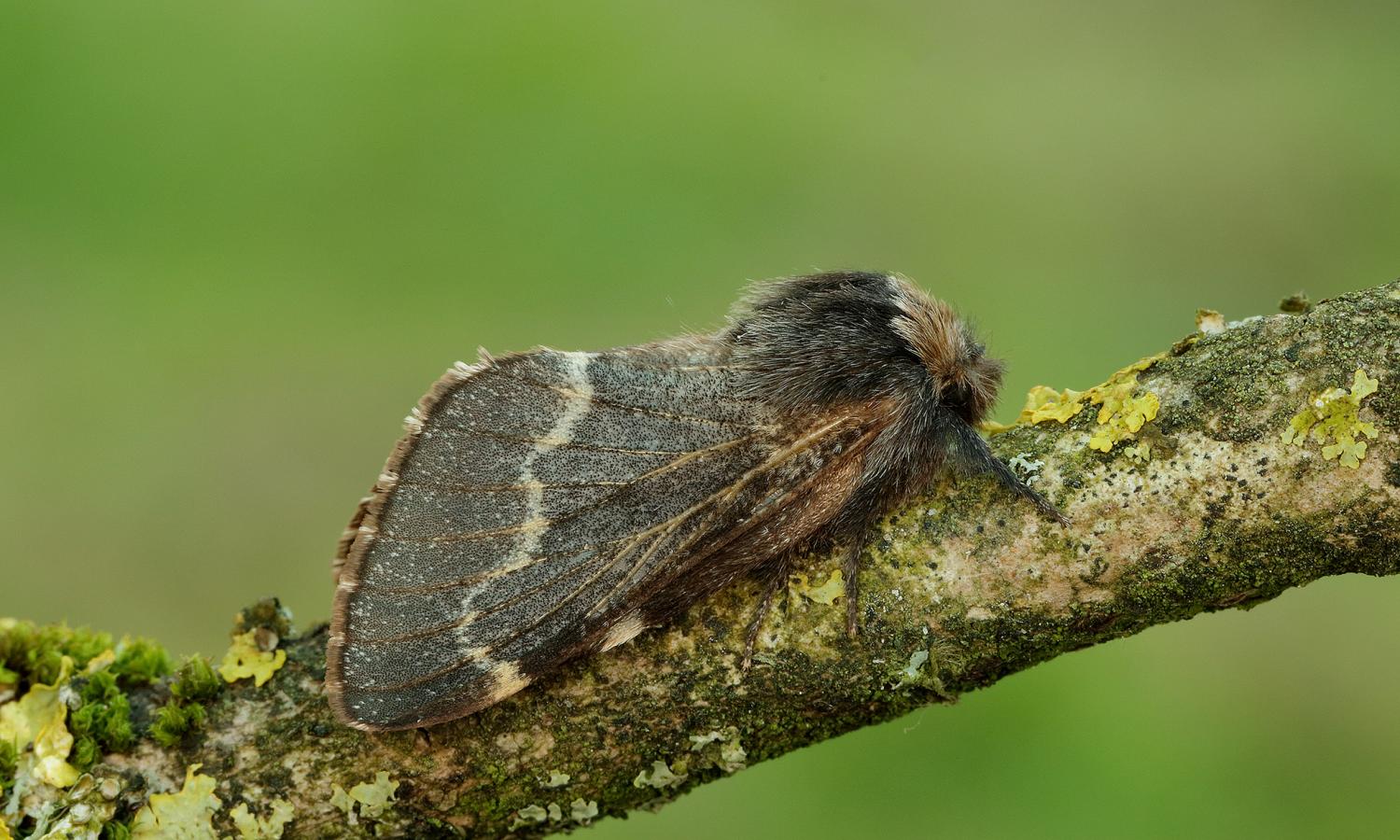As temperatures drop and snow blankets the landscape, what do the moths do during the winter, many creatures retreat to survive the chill of winter. Among these are moths, delicate yet resilient insects that have evolved fascinating strategies to endure the cold. Understanding how moths survive the winter not only sheds light on their lifecycle but also highlights their role in maintaining ecological balance. This article explores what moths do during winter and unveils the secrets of their seasonal survival.
Lifecycle Overview of Moths

To understand how moths handle winter, it’s essential to examine their lifecycle. A moth’s life typically includes four stages: egg, larva (caterpillar), pupa, and adult. Depending on the species, moths may spend the winter in any one of these stages. For example, the Isabella tiger moth survives as a caterpillar, famously known as the woolly bear, while other species overwinter as pupae or even eggs.
The timing of their lifecycle stages plays a crucial role in how moths approach winter. Species that overwinter as adults, such as the mourning cloak butterfly (closely related to moths), find shelter in tree bark or leaf litter, preserving energy until spring arrives.
How Moths Prepare for Winter
Preparation is key to survival, and moths employ remarkable strategies to ready themselves for the colder months. As autumn approaches, some species undergo physiological changes, such as producing glycerol or other antifreeze-like substances in their bodies to prevent freezing. Others migrate to warmer regions, avoiding harsh winters altogether.
Those that remain often seek out sheltered locations, including crevices in tree bark, underground burrows, or man-made structures like attics and sheds. By entering diapause—a state of suspended development—moths conserve energy and remain dormant until conditions improve.
Moth Survival Strategies in Winter
Moths are masters of adaptation, employing several survival strategies during winter:
- Hibernation: Many moths enter a hibernation-like state, known as diapause, slowing their metabolism to a near halt. This adaptation is particularly common in species overwintering as pupae.
- Sheltering: Moths utilize natural shelters, such as beneath tree bark, in soil, or within leaf litter. These hiding spots provide insulation and protection from predators.
- Antifreeze Proteins: Some moth species, such as the moth larvae of the arctic woolly bear, produce antifreeze proteins that prevent their body fluids from freezing, enabling them to endure extreme temperatures.
What Happens to Moth Eggs, Larvae, and Pupae in Winter?
While adult moths often enter diapause, their eggs, larvae, and pupae adopt unique strategies to brave the cold:
- Eggs: Certain moth species, like the gypsy moth, lay eggs in protective cases that resist freezing temperatures.
- Larvae: Woolly bear caterpillars freeze almost entirely during winter but survive due to cryoprotectants in their bodies.
- Pupae: Many moths spend winter in the pupal stage, encased in cocoons or underground, where they remain dormant until spring.
Impact of Winter Survival on Ecosystems
Moths are not just survivors—they are crucial players in their ecosystems. By enduring winter, they ensure the continuity of their populations, which serve as vital food sources for birds and other predators. Additionally, moths contribute to pollination when they emerge in spring, supporting plant reproduction and biodiversity.
Tips for Protecting Moths During Winter

Table of Contents
Gardeners and nature enthusiasts can play a role in helping moths survive the winter:
- Maintain Leaf Litter: Avoid excessive cleaning of gardens in autumn. Leaf litter provides excellent shelter for overwintering moths and their larvae.
- Create Natural Shelters: Incorporate logs, rocks, and other natural elements in your garden to serve as winter refuges.
- Plant Native Species: Native plants support moths and other pollinators, ensuring they have the resources to thrive.
FAQs About What Do the Moths Do During the Winter
1. Do moths hibernate during winter?
Yes, many moth species hibernate during winter. They enter a dormant state called diapause, which slows their metabolism and helps them conserve energy until warmer conditions return.
2. Where do moths go during winter?
Moths often seek sheltered locations such as under tree bark, within leaf litter, in soil, or inside human structures like sheds, attics, or basements. These places provide insulation and protection from predators.
3. How do moths survive freezing temperatures?
Moths have evolved various strategies to survive freezing temperatures, such as producing antifreeze proteins, entering diapause, or finding insulated shelters to avoid exposure to extreme cold.
4. Do all moths survive the winter?
Not all moths survive the winter. Survival rates depend on the species, local climate conditions, and availability of shelter. Some species also rely on laying eggs that can withstand the cold, ensuring the next generation continues.
5. What happens to moth eggs in winter?
Many moth species lay eggs that are adapted to survive winter. These eggs are often covered with protective coatings or placed in insulated areas to shield them from freezing temperatures.
6. Can moth larvae survive the winter?
Yes, some moth larvae, such as the woolly bear caterpillar, survive winter by freezing almost entirely while producing cryoprotectants (antifreeze-like substances) in their bodies.
7. Do moths migrate to escape winter?
Some moth species, like the painted lady butterfly (related to moths), migrate to warmer regions to avoid harsh winter conditions. However, this is less common among moths compared to butterflies.
8. Are moths active in winter?
Most moths are inactive during winter. Those that hibernate remain dormant, while others survive as eggs, larvae, or pupae until temperatures rise in spring.
9. How can I help moths survive the winter?
You can help moths survive winter by maintaining natural shelters like leaf litter, providing logs or rocks in your garden, and avoiding excessive garden cleaning during the fall. These actions protect overwintering moths and their larvae.
10. Why is moth survival during winter important?

Moth survival during winter is vital for maintaining ecosystems. Moths serve as a food source for many predators and contribute to pollination cycles, ensuring plant reproduction and biodiversity.
Conclusion
Moths may seem fragile, but their resilience during winter is a testament to the power of adaptation. From antifreeze proteins to sheltered hibernation, these creatures exhibit remarkable survival techniques that maintain ecological harmony. By understanding and supporting moth survival, we contribute to a healthier environment for all.
Interested in learning more about how to create a garden that supports biodiversity? Visit GardenLoom for expert gardening tips, insights into nature, and more resources to enhance your outdoor spaces.









